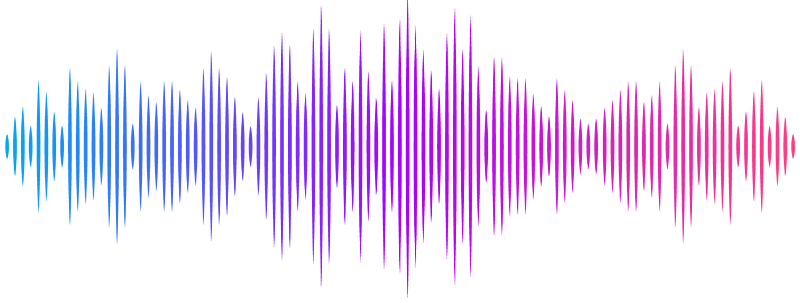The Surgical Method of Craniectomy Differentially Affects Acute Seizures, Brain Deformation and Behavior in a TBI Animal Model

The Surgical Method of Craniectomy Differentially Affects Acute Seizures, Brain Deformation and Behavior in a TBI Animal Model
Santana-Gomez, C. E. E.; Smith, G.; Mousavi, A.; Shamas, M.; Harris, N. G.; Staba, R.
AbstractTraumatic brain injury (TBI) is the leading cause of morbidity and mortality worldwide. Multiple injury models have been developed to study this neurological disorder. One such model is the lateral fluid-percussion injury (LFPI) rodent model. The LFPI model can be generated with different surgical procedures that could affect the injury and be reflected in neurobehavioral dysfunction and acute EEG changes. A craniectomy was performed either with a trephine hand drill or with a trephine electric drill that was centered over the left hemisphere of adult, male Sprague Dawley rats. Sham craniectomy groups were assessed by hand-drilled (ShamHMRI) and electric-drilled (ShamEMRI) to evaluate by MRI. Then, TBI was induced in separate groups (TBIH) and (TBIE) using a fluid-percussion device. Sham-injured rats (ShamH/ShamE) underwent the same surgical procedures as the TBI rats. During the same surgery session, rats were implanted with screw and microwire electrodes positioned in the neocortex and hippocampus and the EEG activity was recorded 24 hours for the first 7 days after TBI for assessing the acute EEG seizure and Gamma Event Coupling (GEC). The electric drilling craniectomy induced greater tissue damage and sensorimotor deficits compared to the hand drill. Analysis of the EEG revealed acute seizures in at least one animal from each group after the procedure. Both TBI and Sham rats from the electric drill groups had a significant greater total number of seizures than the animals that were craniectomized manually (p<0.05). Similarly, EEG functional connectivity was lower in ShamE compared to ShamH rats. These results suggest that electrical versus hand drilling craniectomies produce cortical injury in addition to the LFPI which increases the likelihood for acute post-traumatic seizures. Differences in the surgical approach could be one reason for the variability in the injury that makes it difficult to replicate results between preclinical TBI studies.


